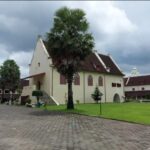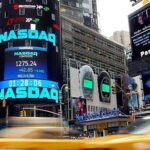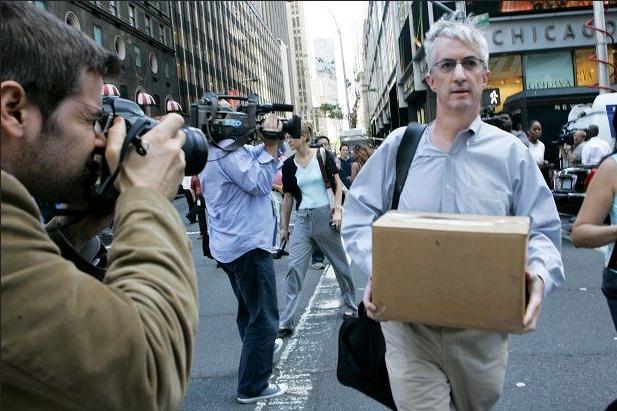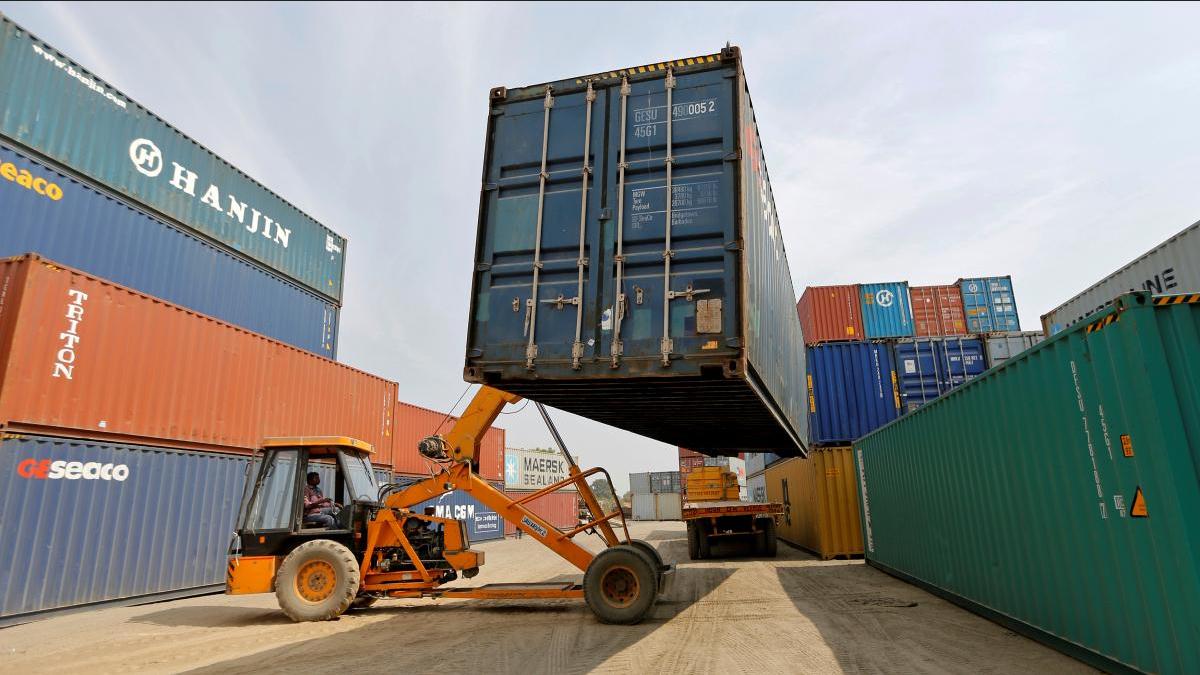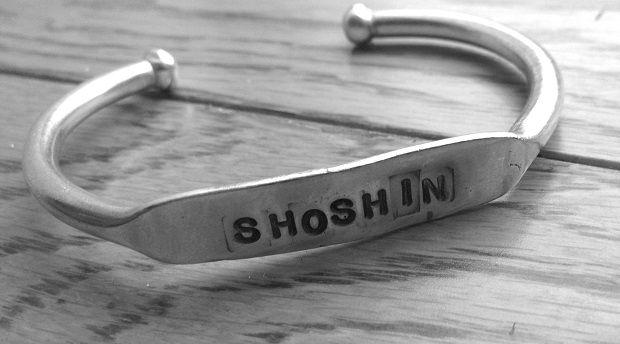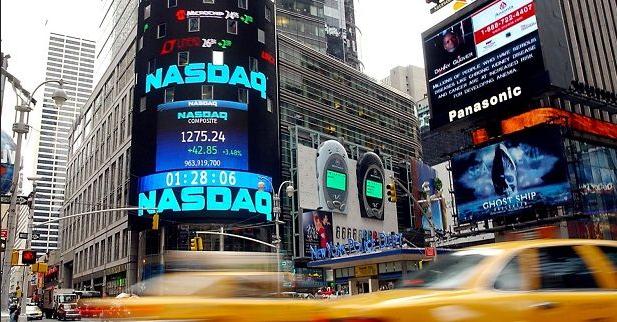The business cycle describes the rise and fall in the production of goods and services in an economy. Business cycles are generally measured by the rise and fall of real gross domestic product, or gross domestic product adjusted for inflation.
The business cycle should not be confused with market cycles, which are measured using broad stock market indices. The business cycle is also different from the debt cycle, which refers to the rise and fall in government and household debt.
The economic cycle is also known as the business cycle or the trade cycle.
Understanding the concept
Business cycles are fluctuations in economic activity that an economy experiences over a given period of time. GDP fluctuations, however, are far from consistent. These fluctuations include the production of all sectors including households, non-governmental organizations, the government, as well as the production of businesses. “The production cycle” is therefore the best description of what is measured.
The economic cycle is characterized by expansion and contraction. During expansion, the economy experiences growth, while during contraction it is a period of economic decline. The contractions are called recessions.
After World War II, expansions were primarily associated with population growth, the urban explosion, and the arrival of consumerism. By the 1979s, growth came mostly from debt via consumer credit cards, mortgages, commercial and industrial loans – as opposed to stock-market financing – followed by financial speculation. the dot com bubble and then the debt crisis of the real estate bubble.
The stages of the economic cycle
All economic cycles are characterized by different stages, as described below:
1.Expansion
This is the first stage. When expansion occurs there is an increase in employment, income, production and sales. People generally pay their debts on time. The economy has a constant flow of money and investments are going well.
2. Pico
The second stage is a peak and occurs when the economy hits its ceiling, having reached its maximum point of growth. Prices reach the highest level, and economic indicators stop growing. Many people are beginning to restructure their businesses as economic growth begins to reverse.
3. Recession
These are the periods of contraction. During a recession unemployment rises, production slows, sales begin to fall because there is a decline in demand, and incomes begin to stagnate or fall.
4. Depression
Economic growth continues to decline while unemployment continues to rise. Consumers and businesses find it difficult to obtain credit, commerce is reduced, and bankruptcies are beginning to increase. Consumer confidence and investment levels are also beginning to fall.
5. The lowest point
This period marks the end of depression, leading to the next step: recovery.
6. Recovery
At this stage the economy begins to turn around. Low prices lead to an increase in demand, employment and production begin to grow, and lenders begin to open their vaults. This stage marks the end of the economic cycle.
Among the events that can affect the economic cycle are fiscal and regulatory policy, technology, demographics, and external events such as increases in oil prices or the protectionist policies of other nations that close their borders to imports.
Measuring the economic cycle
Expansion is measured from the lowest point (or bottom) of the previous economic cycle to the peak of the current economic cycle, while recession is measured from the peak to the lowest point.
The National Bureau of Economic Research determines the dates of business cycles in the United States. Committee members look at real GDP and other indicators, including real income, employment, industrial production and retail sales. By combining these measures with debt and market measures, the causes of the expansions can be understood.
According to the National Bureau of Economic Research, on average periods of expansion last 58 months, while periods of contraction have lasted 11 months (These are the average figures since 1945). After 1990, this entity has estimated that periods of expansion last on average 95 months, while periods of contraction remained unchanged at 11 months.
Choosing June 2009 as the low point for the last US recession was difficult for the Office for National Statistics and its committee members. When they looked at the data, ten indicators hit their lowest points from June to December 2009. The recession began in December 2007 and lasted 18 months, making it the longest period of decline since World War II. Other long periods of recession after the Second World War were, from 1973 to 1975, and from 1981 to 1982, which lasted 16 months each.
Economists and the business cycle
Some economists think that the business cycle is a natural part of the economy. But there are others who consider that central banks, indirectly, control the cycle by intervening through monetary policy. When the economy is expanding too quickly, central banks can operate by causing the money supply to contract and raising interest rates.
Conversely, if the economy is slowing too quickly, the Central Bank can lower interest rates and increase the money supply. Critics believe that if central banks stop intervening, anything could happen, but that economic cycles would end.
Investors and the economic cycle
Investors may be able to use the business cycle to profit from the market by choosing the right stocks to buy at the right time.
For example, an investor might choose to invest in commodity and technology stocks at the end of the economic cycle because these stocks will be cheap by then, and then sell them during the early stage of an expansion.
When the economy is overheating and has reached its peak, the investor might decide to put his money into utility companies, consumer goods, and healthcare companies. These sectors tend to outperform the rest of the market during recessions because their demand does not fall during even times of instability, and because of their cash flow and dividend yields.
The economic cycle and markets
Recessions can take a tremendous toll on stock markets. Most stock indices around the world experienced declines of more than 50% in the period of the Great Recession, which was the worst global contraction since the Depression of the 1930s. Stocks around the world also experienced major corrections in the 2001 recession, with the Nasdaq Composite Index being hit the hardest. The index fell nearly 80 percent from its peak in 2001 to its trough in 2002.
It is important to remember that recessions due to bursting credit bubbles are much worse in their effects on income and consumption than those due to bursting speculative stock market bubbles.



